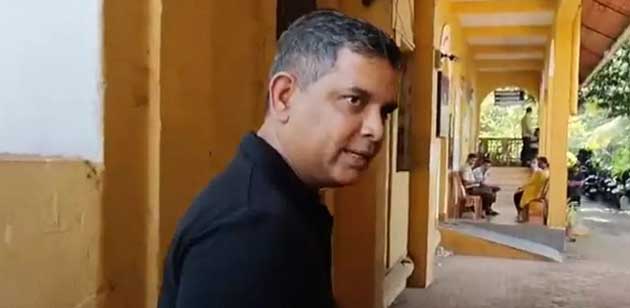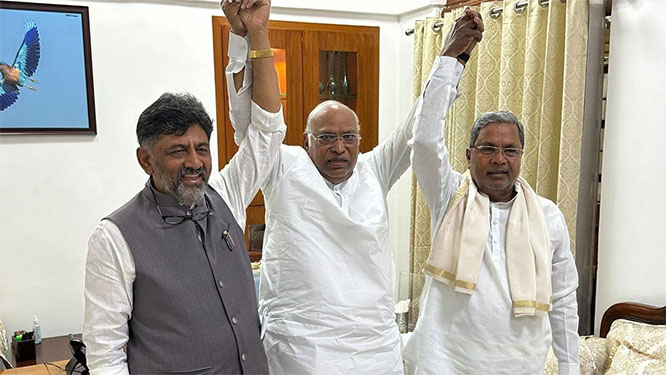
Aam Aadmi Party (AAP)’s Goa chief Amit Palekar was on Thursday, August 31, arrested for allegedly destroying evidence related to an accident that left three people dead even as he denied the charges saying he was implicated after he refused to join the ruling Bharatiya Janata Party (BJP).
Police said Palekar, who is also a lawyer, came to a police station with a person and identified him as the driver of an SUV involved in the accident to allegedly shield the person who was actually at the vehicle’s wheel. Palekar has been booked under the Indian Penal Code’s Section 201, which provides for up to seven years of imprisonment.
Palekar blamed “dirty politics” for his arrest. “They were pressuring me for two days that if you do not join the BJP, I will face consequences. This is absolutely dirty politics. Nothing more than this. I have nothing to do with this crime. This is only to tarnish my image and nothing more than this,” Palekar told journalists as he was being escorted from the police station where he was arrested.
There was no immediate reaction from the BJP over Palekar’s allegations.
Businessman Paresh alias Shripad A Sinai Sawardekar was earlier arrested in the case on charges of culpable homicide. Police said a speeding car Sawardekar was allegedly driving under the influence of alcohol crashed into four vehicles and left three people dead near Panaji on Sunday. They added Sawardekar and his partner, Meghana, were returning in their Mercedes SUV from a party, where Palekar was also present, when the accident took place.
The speeding Mercedes entered a highway from the approach ramp, took a turn leading up to the bridge and crashed head-on into a motorcycle and scooter before ramming into three cars.
Meghana, the owner of the vehicle, deposited ₹2 crore for compensation for the victims on the directions of the Bombay High Court at Goa. The court granted bail to Sawardekar after the Goa Police’s crime branch, which is probing the case, submitted his custody was no longer required.






Comments
Add new comment